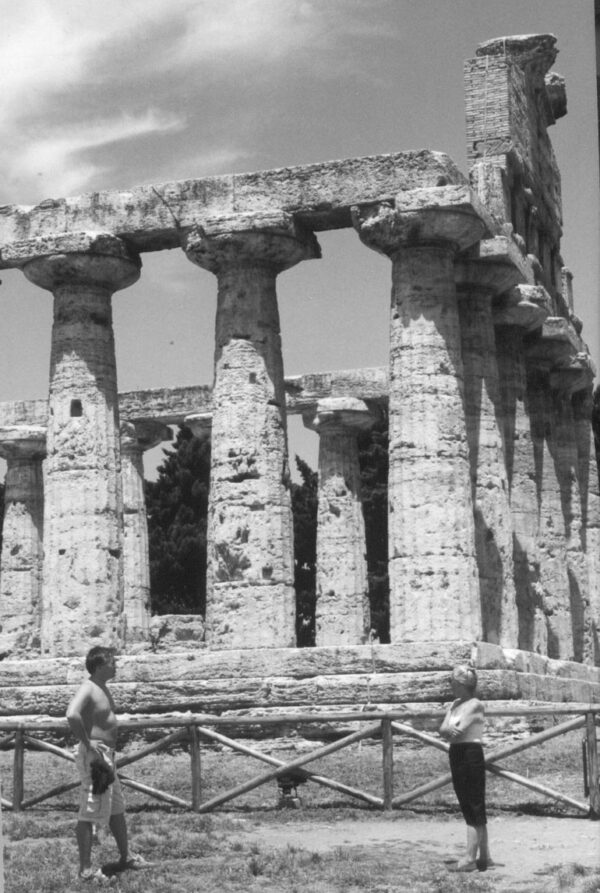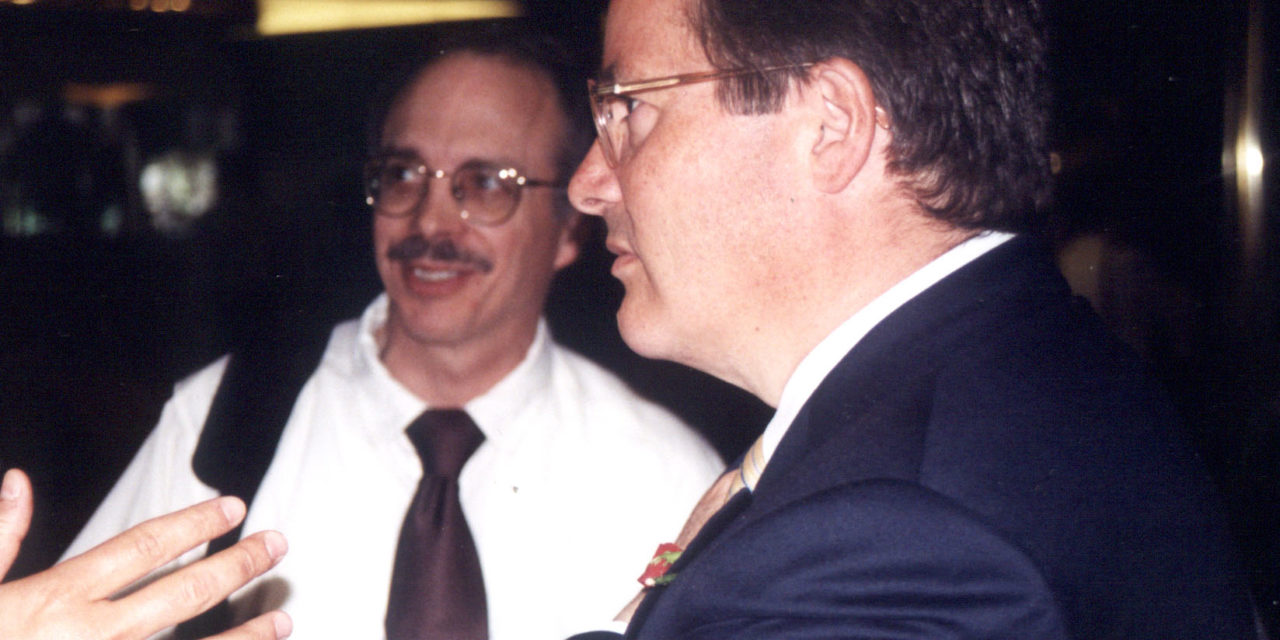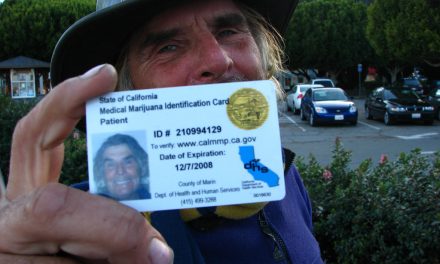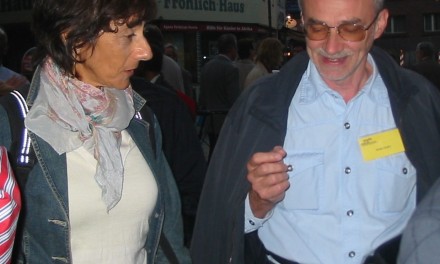By Dr. X
1. “Physical Interactions of CB1 Cannabinoid and D2 Dopamine Receptors” by Christopher Kearn et al. was the favorite of Patricia Reggio and other researchers I surveyed. CB receptors form homodimers (CB receptors oligomerizing with themselves in pairs or more) and even heterodimers (CB receptors linking with other receptors such as dopamine receptors). The system IS complex and dynamic. We’re only beginning to understand…
2. Niehaus et al and Elphick et al described CRIPs, and Breivogel described beta-arrestins —proteins associating with CB receptors. More complexity. These partners modulate CB constitutional activity (CRIPs) and response to THC (beta-arrestin). From a phylogenetic viewpoint, these associative proteins may be the reason why CB receptors function differently in humans versus rodents.
3. Pryce and Baker gave a talk you rarely hear: “Hey, we got it wrong. Our landmark study published in Nature 2000 was not right.” They suggested no physiology study can be entirely trusted if the workers limited their methods to the use of “selective” agonists and antagonists. There is no such thing as “selective” in the CB world —all the current drugs are dirty and lack specificity. Pryce and Baker say the way to go with CB physiology research is knockout mice. See next paragraph.
4. Cravatt, Lichtman, et al. designed a “partial” knockout, expressing FAAH in the central nervous system but not in peripheral tissues. This will enable physiologists to look more closely at the difference between CB1 (central) and CB2 (peripheral).
5. Okamoto et al. and Bisogno et al. have discovered the enzymes that synthesize (cleave) anandamide and 2-AG (respectively). These studies complete the molecular characterization of the endocannabinoid system. (We already knew the genes for CB receptors and catabolic enzymes like FAAH.) Maybe we can find out why animals synthesize endocannabinoids, which to me is the million dollar question.
Van der Stelt et al. and De Petrocellis delve into the million dollar question — the raison d’etat for anandamide (at least its function at vanilloid receptors). It functions as intracellular messenger, signaling to vanilloid receptors to gate extracellular calcium ions, controlling basic cellular function, with therapeutic implications regarding inflammatory pain.
7. Malan et al. Another presentation keeping with the complexity theme. CB2 receptors in the skin [hey, I didn’t know that, for starters], when activated, reduce nociception [pain before it reaches the brain] by stimulating the release of endorphins in skin cells. Far out.
8. Bab et al. and Karsak et al. (p 75) continue to build on their research concerning CB2s expressed in osteoblast cells —CB knockout mice have a low bone mass —could THC be a cure for osteoporosis? They are on to something, big I think— Karsak was very cagey with me when I asked her some questions after her talk.
9. Varvel and Cannich continue working upon “active forgetting” —the endocannabinoid system’s role in the suppression and extinction of learned behavior, especially fear behavior— the reason why so many Nam vets medicate their PTSD with pot. Perhaps this approach would also help people with phobias, and even help addicts forget about their lingering jones (but wait, I thought CB antagonists were supposed to help with drug addiction, not CB agonists…).
10. Last but not least, all the studies about CBD! The difference a decade makes: I presented a poster about CBD in 1994 and mine was the only mention of CBD at the conference. In 2004 we heard a dozen.
The most noteworthy: Costa re: CBD modulating neuropathic pain via vanilloid receptors, Fatta et al re: CBD reversing impaired memory caused by THC, Ligresti et al. re: CBD’s anti-tumor activity, Liou et al. re: CBD preventing vascular permeability with therapeutic implications regarding diabetes; Cluny et al. re: CBDic acid attenuating emesis.

Paestum, Italy is on a coastal plain about 40 miles south of Naples. In 500 B.C. it was a Greek naval outpost called Poseidonia — complete with a forum, temples to the gods of the sea, decent housing for the workers and a heated swimming pool. Ulysses was said to have been lured by the sirens right off shore. The Lucans (local mountain-folks) conquered the Greeks c. 300 B.C., then the Romans conquered them. In due course malaria made the region uninhabitable and the swamp reasserted itself. It wasn’t until the 19th century that the land was drained and the ruins rediscovered —which is why they’re so well preserved. We heard that only about one third of old Poseidonia had been unearthed as of 2004.





